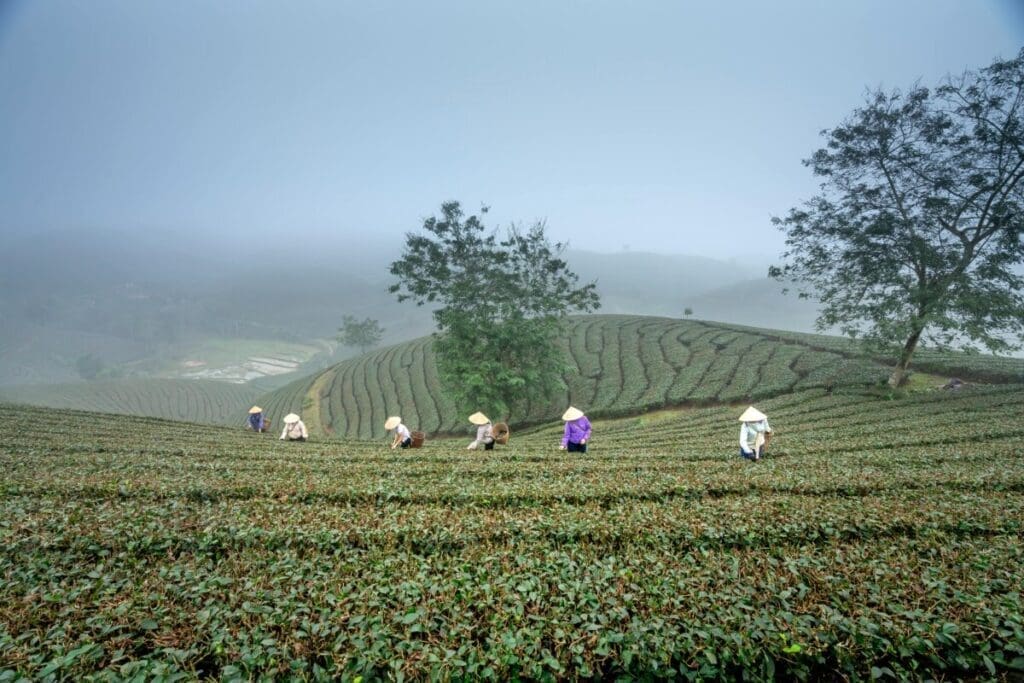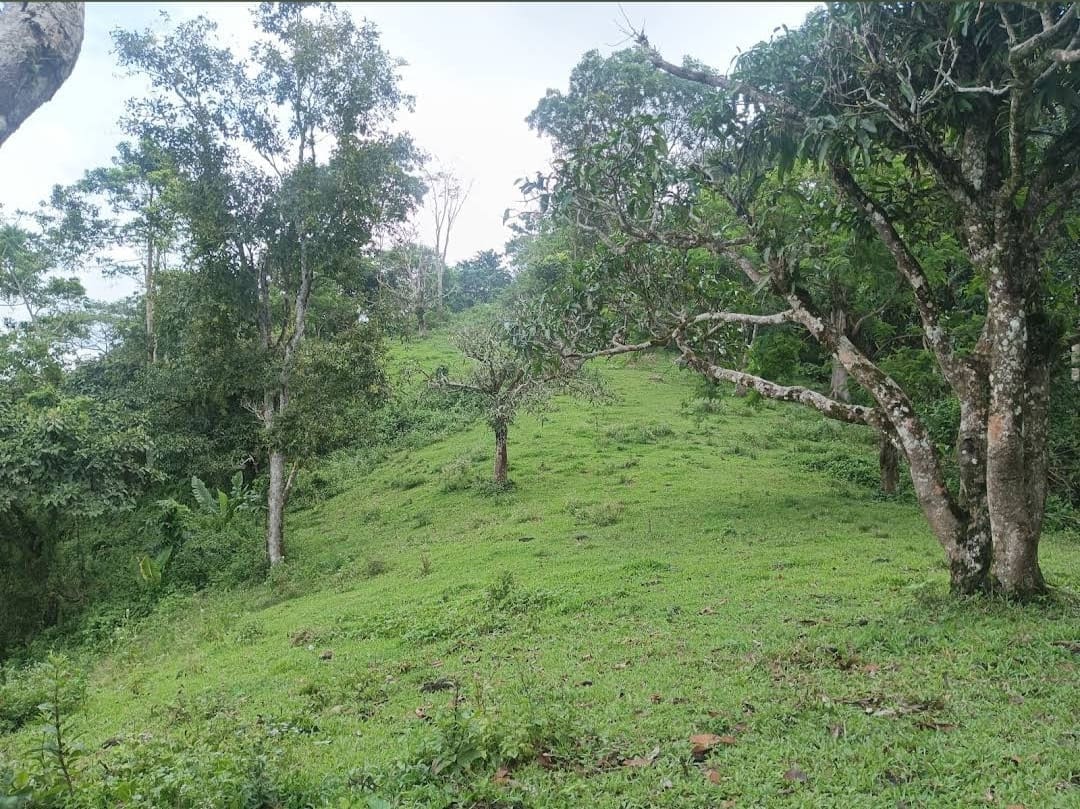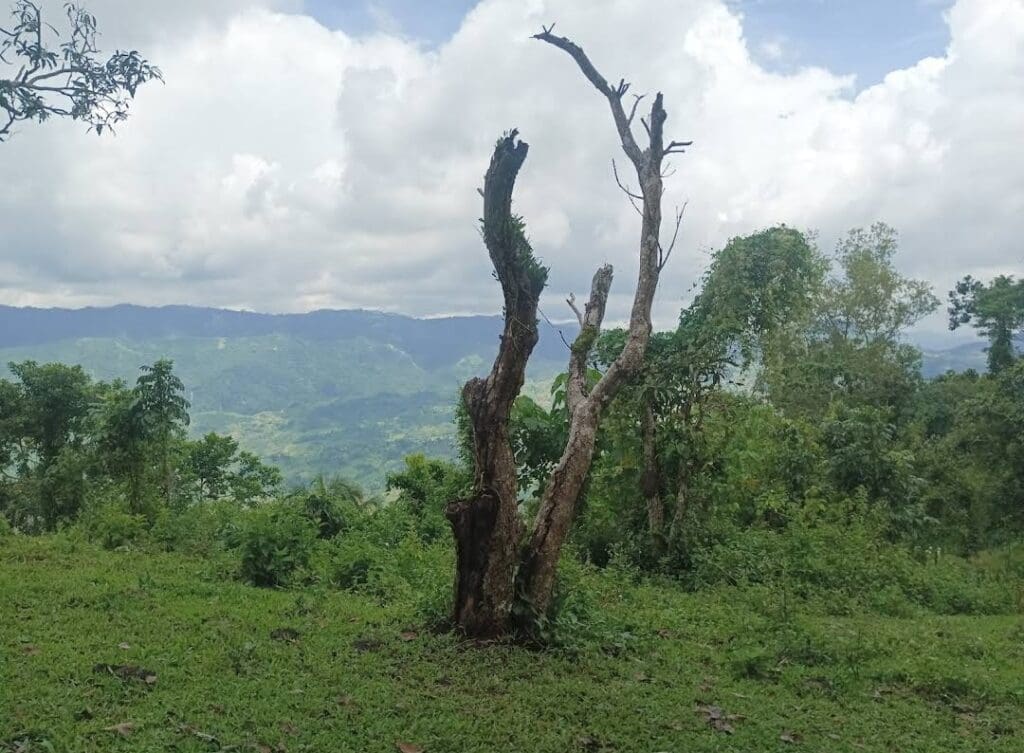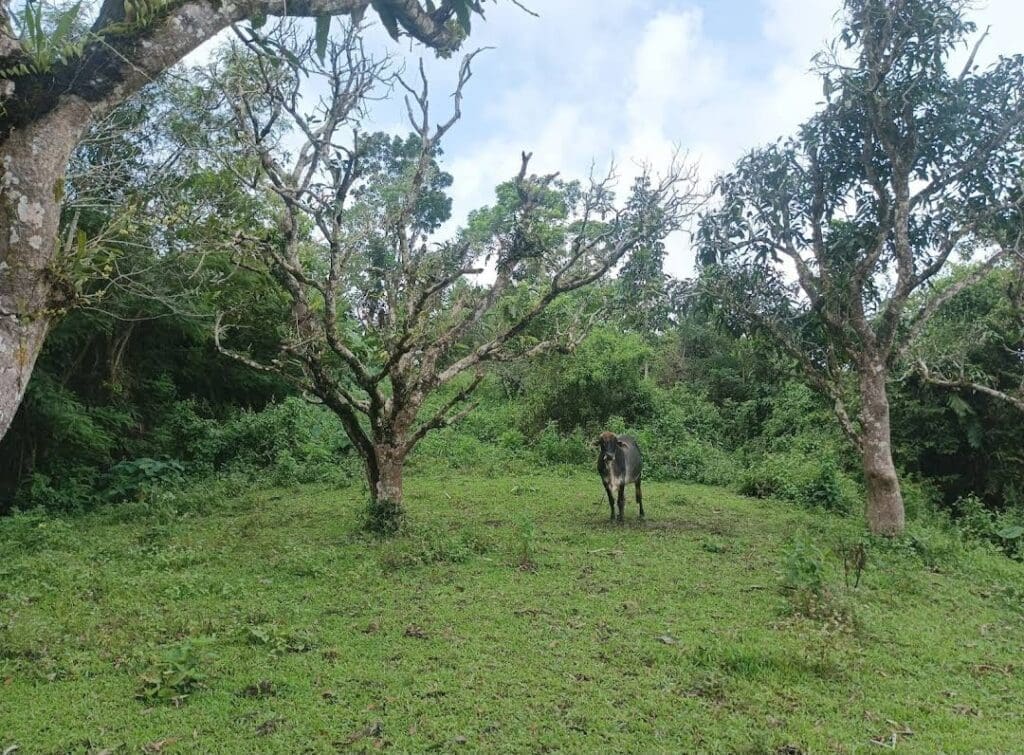
Morning intimacy is emerging as an unexpected workplace booster, with new research suggesting that early-hour affection may set the tone for a more driven and energized day.
A survey of full-time American workers shows that those who start their mornings with physical intimacy tend to feel more centered, uplifted, and ready to take on demanding schedules.
Productivity Over Coffee

Respondents reported higher levels of motivation, sharper focus, and a stronger sense of productivity after morning intimacy.
Many noted that they completed more tasks and approached daily responsibilities with a heightened sense of clarity, creating a smoother workflow before lunchtime.
Career Momentum

The study highlights a connection between morning intimacy and professional gains. A notable portion of participants experienced promotions or raises within the past year, suggesting that improved mood and mental readiness may influence long-term career growth.
Executives and business owners showed the strongest link between early intimacy and workplace success.
Generations And Habits

Gen X and boomer employees lead in morning intimacy frequency, with millennials close behind. Gen Z participates as well, though more sporadically, often citing late arrivals after extended slow starts to their day.
Industries like marketing, hospitality, and entertainment show the highest engagement, aligning with roles that require energy and confidence.
Mental Well-being Benefits

Participants also described improved emotional stability and reduced stress levels when beginning the day with intimacy. The release of endorphins appears to create a calm, steady foundation that helps workers approach challenges with balanced mood and stronger self-assurance.
As workplaces continue to explore new strategies for enhancing performance and preventing burnout, morning intimacy stands out as a surprisingly simple habit with measurable benefits. For many, it offers a revitalizing start that blends personal connection with professional advantage, creating a more positive rhythm for the day ahead.



























































